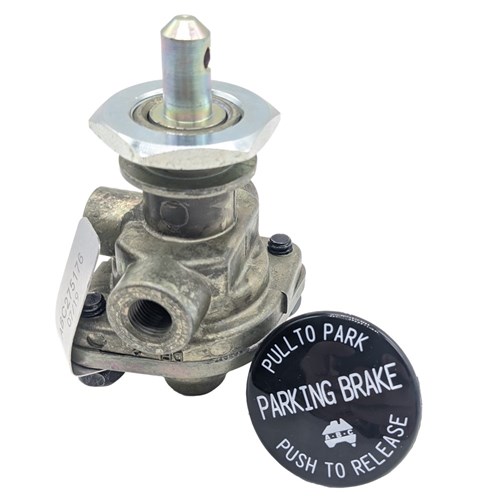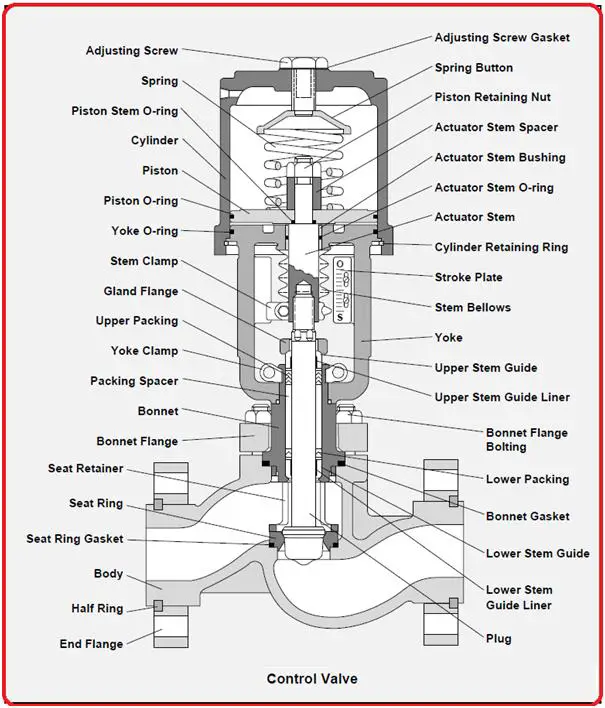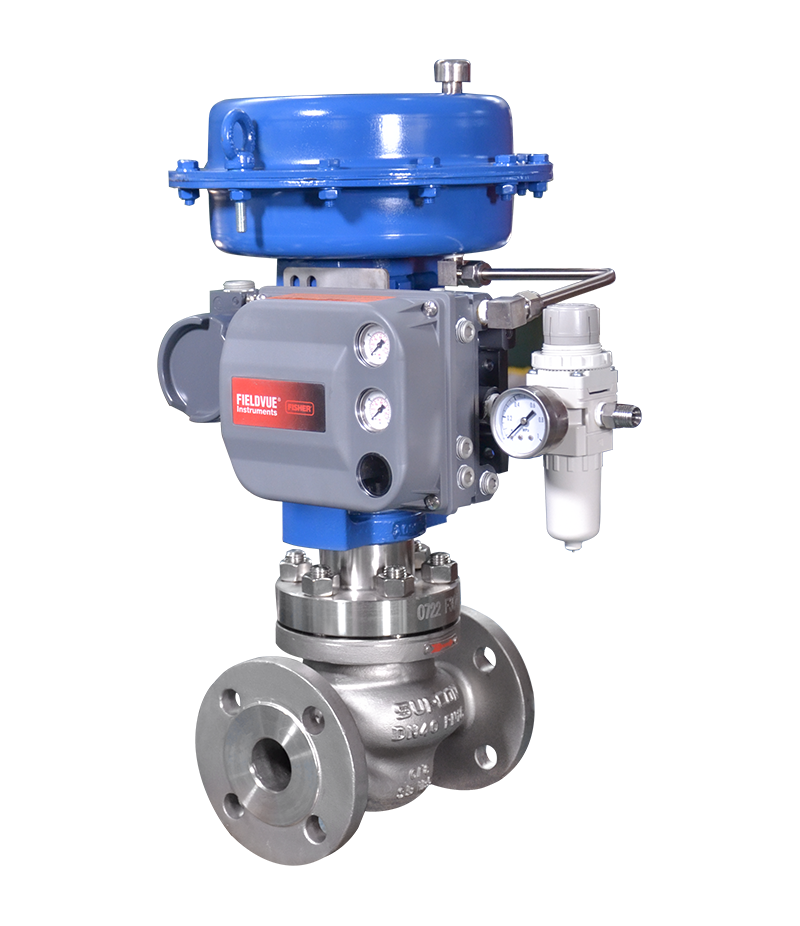Checking out the Performance of Modern Control Valves in Industrial Applications
Checking out the Performance of Modern Control Valves in Industrial Applications
Blog Article

Maximize Power Cost Savings and Convenience With Advanced Building Automation Controls
In the world of modern design and facility administration, the combination of sophisticated building automation controls stands as a critical advancement. By harnessing the power of automation, structures can adapt, respond, and evolve in ways that were once unthinkable.
Power Efficiency Perks
Power effectiveness benefits can considerably decrease energy intake and functional expenses in structures. Energy-efficient systems, such as sophisticated structure automation controls, can optimize the usage of sources like air conditioning, illumination, and heating, leading to lower energy expenses over time.
Furthermore, boosted energy effectiveness can prolong the life-span of structure devices and systems. By operating more effectively, cooling and heating systems, light, and various other structure elements experience less deterioration, leading to decreased maintenance and substitute costs. In addition, energy-efficient structures usually regulate greater home worths and rental prices, giving long-term economic advantages to owners.
Furthermore, power performance can enhance resident convenience and efficiency. Properly regulated indoor atmospheres with optimum lighting and thermal conditions develop an even more pleasurable and helpful office, causing boosted worker complete satisfaction and performance. Generally, the energy efficiency advantages related to sophisticated building automation controls are diverse, incorporating cost savings, ecological stewardship, and owner well-being.
Boosted Comfort Control
Enhancing convenience control in building atmospheres needs a sophisticated integration of innovative automation systems for optimum resident well-being. By using sophisticated building automation controls, facilities can customize the indoor setting to meet the certain requirements and choices of residents. These systems make it possible for specific policy of temperature level, air flow, and illumination, developing a comfortable and productive atmosphere. Occupant complete satisfaction and efficiency are very closely connected to thermal comfort, making it important to have systems in place that can adjust to altering problems in real-time.
Enhanced comfort control goes past standard temperature adjustments. It includes attributes such as tailored settings, occupancy sensing units, and natural light utilization to create a receptive and dynamic setting. By integrating these sophisticated controls, buildings can not just boost convenience however also boost energy efficiency by maximizing system operations based upon actual tenancy and usage patterns. Eventually, prioritizing occupant convenience via advanced automation systems leads to an extra enjoyable and healthier indoor environment.
Operational Efficiency Improvements

In addition, the execution of real-time tracking and analytics tools allows building operators to identify energy ineffectiveness and functional abnormalities quickly. By continuously monitoring energy use patterns and system efficiency metrics, modifications can be made in real-time to maximize power intake and make sure peak functional performance. control valves. In addition, integrating demand response strategies right into structure automation controls can better enhance operational effectiveness by dynamically changing energy usage based upon grid conditions and rates signals
Indoor Climate Optimization
Efficient indoor climate optimization is a fundamental facet of building automation controls, making certain residents' comfort and health while making best use of energy savings. By making use of advanced sensing units and controls, developing automation systems can constantly check and readjust temperature, moisture levels, air quality, and ventilation to produce an optimum interior environment. Keeping regular and comfortable problems not only improves resident contentment but likewise improves productivity and overall health.
Interior climate optimization likewise plays an essential duty in power effectiveness. By fine-tuning cooling, heating, and air flow systems based upon real-time data and occupancy patterns, developing automation controls can dramatically reduce energy consumption - control valves. Executing techniques such as demand-controlled air flow and thermal zoning can navigate to these guys aid reduce power waste while making certain that each location of the building receives the needed conditioning.

Lasting Environment Creation
Structure automation controls not just maximize indoor climate conditions for power efficiency and owner convenience but additionally lay the foundation for producing a sustainable setting with strategic administration of systems and this website resources. By incorporating innovative building automation technologies, such as sensing units, actuators, and intelligent software, facilities can adjust and monitor energy usage in real-time to decrease waste and decrease their carbon impact. These systems make it possible for anticipating maintenance, identifying prospective problems before they rise and maximizing tools efficiency to enhance longevity and effectiveness.
In addition, lasting setting development extends past power monitoring to incorporate water conservation, waste decrease, and indoor air top quality renovation. Building automation controls can regulate water use, detect leaks, and make certain appropriate waste disposal techniques, contributing to general sustainability initiatives. In addition, by keeping track of and regulating ventilation and filtration systems, these innovations boost owner health and efficiency while lowering energy consumption connected with cooling and heating operations.
Verdict
In conclusion, advanced structure automation controls offer substantial advantages in terms of energy cost savings, comfort control, operational performance, indoor climate optimization, and creating a sustainable setting. By executing these controls, structures can try this out attain optimal performance while reducing power intake and enhancing owner comfort. It appears that the use of innovative automation innovation is essential in improving structure performance and producing a much more sustainable future.
Energy performance benefits can substantially minimize energy intake and operational costs in buildings. In general, the power performance advantages connected with advanced building automation controls are complex, including expense financial savings, ecological stewardship, and occupant well-being.
In addition, incorporating demand feedback methods into structure automation controls can better boost functional efficiency by dynamically adjusting energy use based on grid conditions and rates signals.
Building automation controls not just maximize indoor environment problems for power effectiveness and resident convenience however also lay the structure for developing a lasting atmosphere through critical management of systems and sources.In final thought, advanced building automation controls deal substantial benefits in terms of energy financial savings, comfort control, functional effectiveness, indoor environment optimization, and developing a sustainable environment.
Report this page